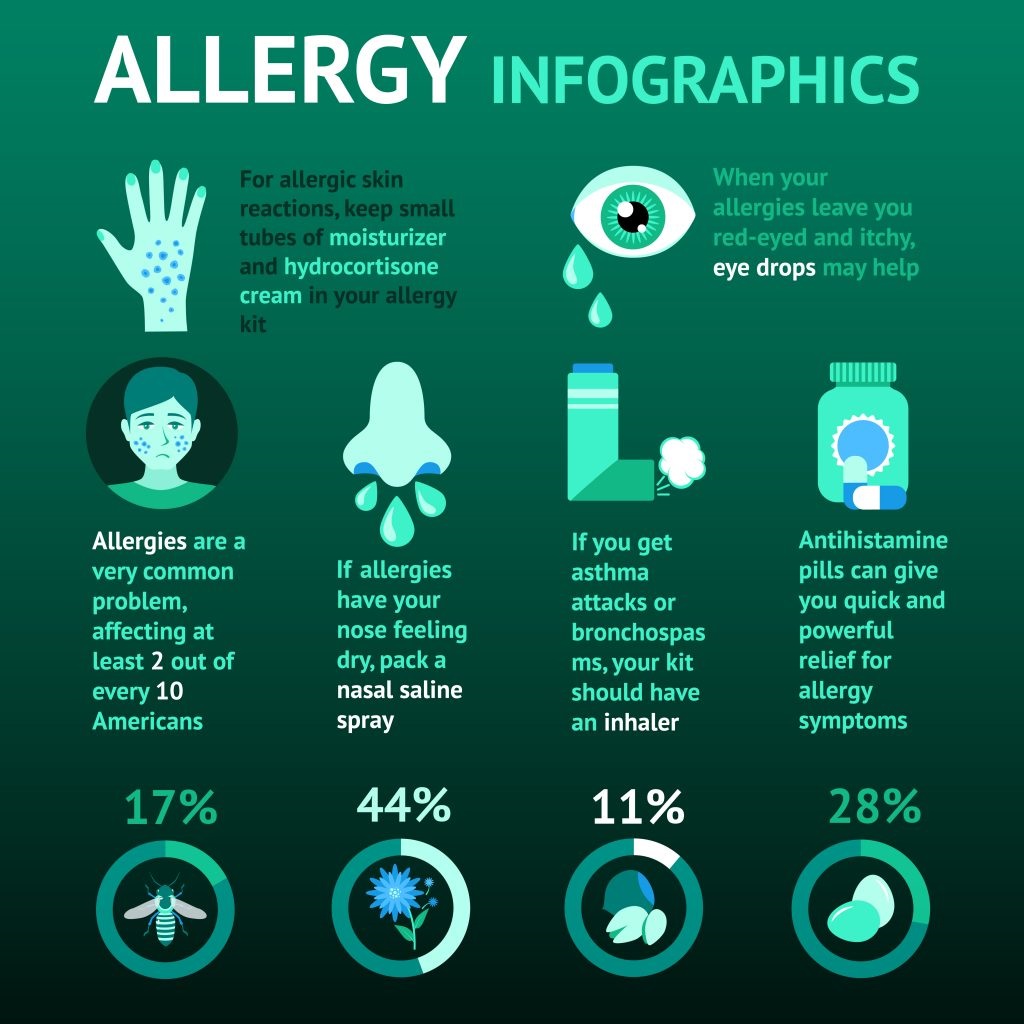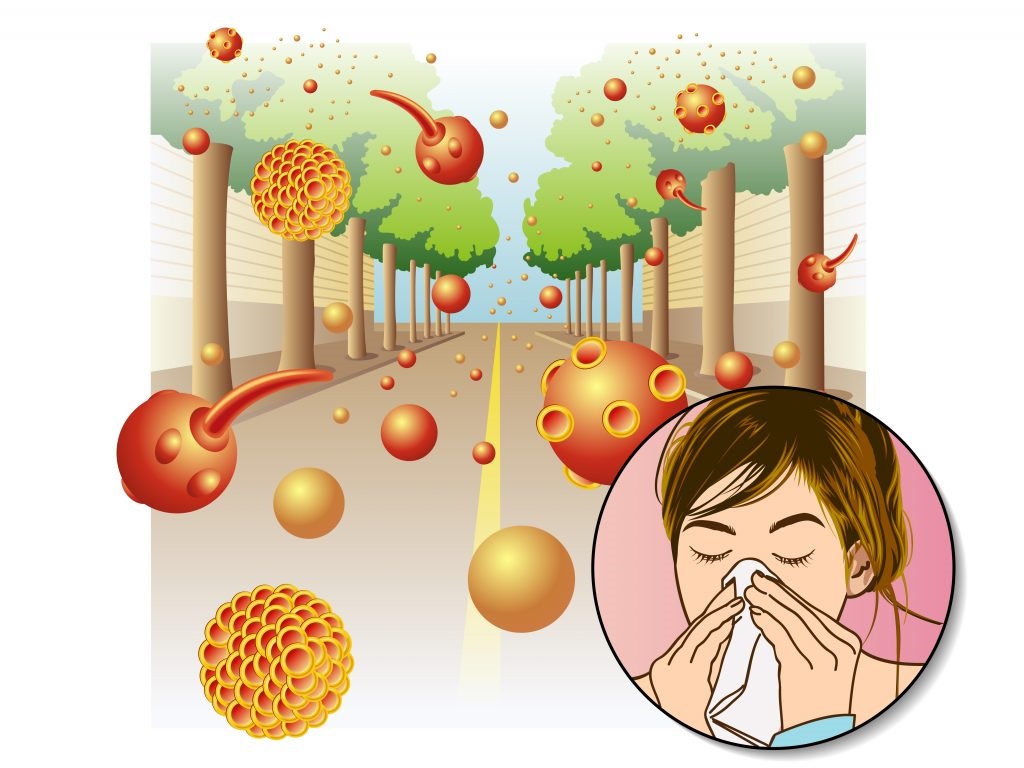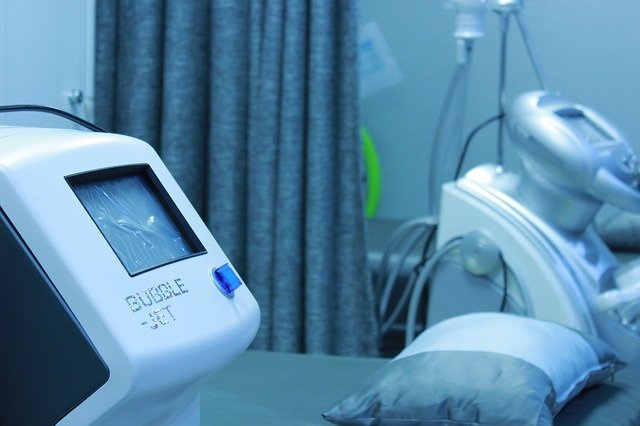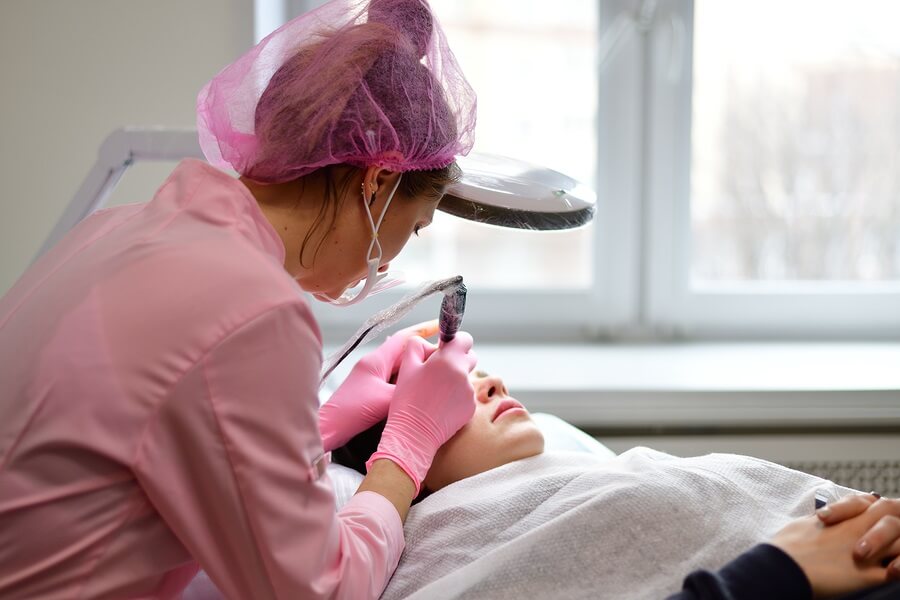Allergy Treatment
Suffering from any kind of allergy is a psychological burden. You constantly have to avoid your allergen which could have a lot of impact on your habits and living your life to the fullest. In cases where its totally impossible to avoid, things get much worse. Taking allergic rhinitis as an example, the non-stop runny nose, the watery, itchy or red eyes, the headache and sleep disturbance could all prove just too much to bear at some points. This could significantly reduce the quality of life of sufferers, and in extreme cases, anaphylactic shock on exposure to allergens could be life-threatening.
 Allergies are the sixth leading cause of chronic illnesses in the USA and about 50 million Americans are estimated to suffer from one form of allergy or the other every year. Currently, antihistamines and steroids are the mainstays of treatment, but they don’t seem to help much. This is particularly true for long-term users, plus they are only temporary interventions. A great deal of work is being done in the scientific community to expand treatment options and possibly find a permanent solution to this menace. Here are some of the new discoveries which provide hopes.
Allergies are the sixth leading cause of chronic illnesses in the USA and about 50 million Americans are estimated to suffer from one form of allergy or the other every year. Currently, antihistamines and steroids are the mainstays of treatment, but they don’t seem to help much. This is particularly true for long-term users, plus they are only temporary interventions. A great deal of work is being done in the scientific community to expand treatment options and possibly find a permanent solution to this menace. Here are some of the new discoveries which provide hopes.
Related : New Hopes in Pain Treatment
Immunotherapy or allergy vaccines
Not deviating from the basic principle of vaccines, i.e. exposing an individual to small amounts of a foreign object in the hope that the immune system gets familiar with it and becomes strong enough to prevent a major attack. Allergy vaccines work by exposing sufferers to small amounts of the allergen over a period of time in order to gradually build up tolerance to the specific allergen. Although this intervention can take years before the treatment course is completed, that they offer hope of a permanent solution holds a lot of promise. Allergy vaccines are currently administered as injection although there is a growing body of evidence and popularity for Sublingual Immunotherapy. Already, tablets for ragweed and grass pollen have been approved by the FDA and more research is still ongoing. Allergy drops have also been developed for some allergens although they are currently administered off-label as more investigation is being carried out on their safety and efficacy. Immunotherapy has shown promise for the treatment of rhinitis and asthma caused by some allergens and evidence supporting its benefit in other forms of allergies continue to emerge.
Gene therapy
Virtually everything system in the human body works on a genetic level and gene therapy has shown potential in treating many chronic conditions. Allergies are not left out. Although still experimental, researchers at the University of Queensland have developed a gene modification technique that could potentially ‘turn off’ immune response to allergens and could completely cure diseases such as asthma. The technique wipes off memory from the immune T cells such that when they come in contact with the allergen, they would fail to recognize it as foreign, therefore, no immune response is initiated. The treatment has shown very good results in test animals but it remains to be seen how much success would be recorded in human trials. A major concern would be how to stop the modification from totally disabling helper T cells, a process that could potentially render the immune system useless. It is hoped that this new treatment mode
Related : Skin Tightening Treatment
Omalizumab plus Immunotherapy
This combination has particularly shown a lot of promise in patients with multiple food allergies. Currently, there’s no approved treatment for multiple food allergies. Patients are only advised to avoid the implicated foods but this could prove a real social and economic burden on their families. The treatment involves gradual exposure to increasing amounts of the food until they are able to tolerate it. the omalizumab speeds up the desensitization process.
There you have it! Those are some of the most recent developments in the search for more effective remedies for allergies. Perhaps what’s most promising about the developments is the hope of a permanent cure. Every year, about 50 million Americans and their families pray it is discovered sooner, rather than later.
References









